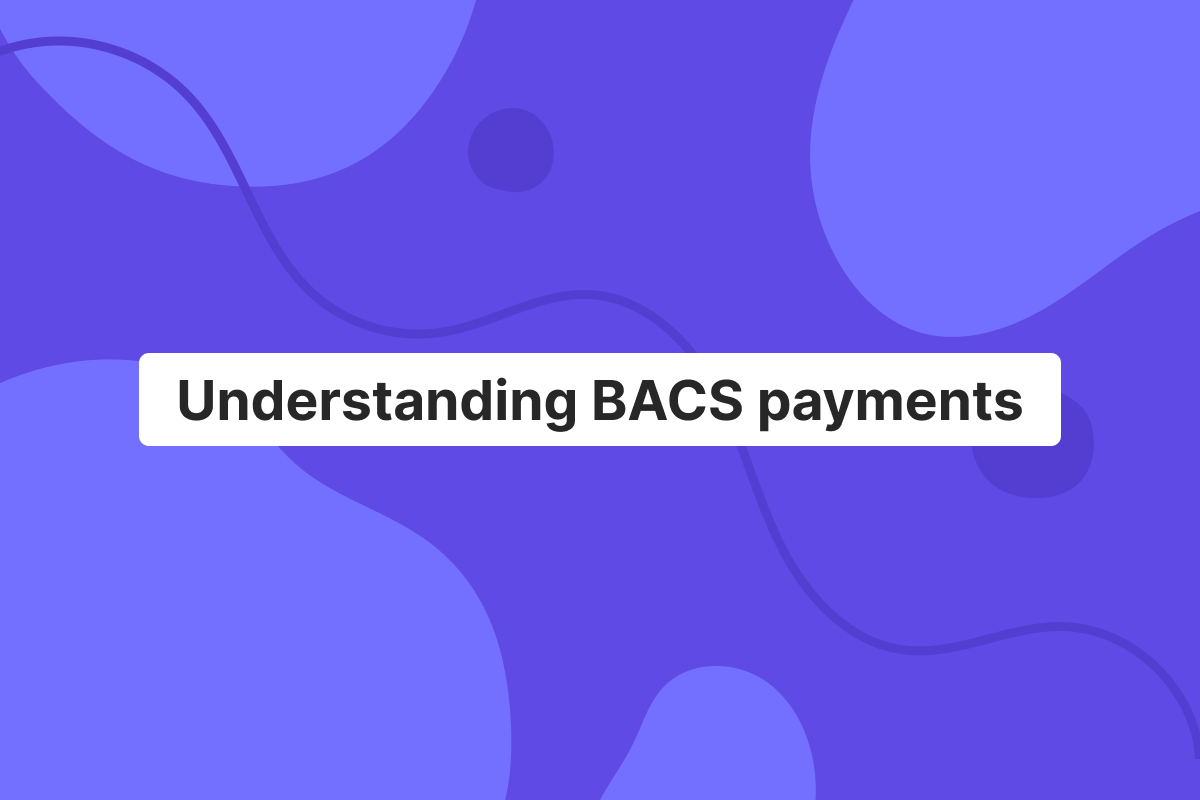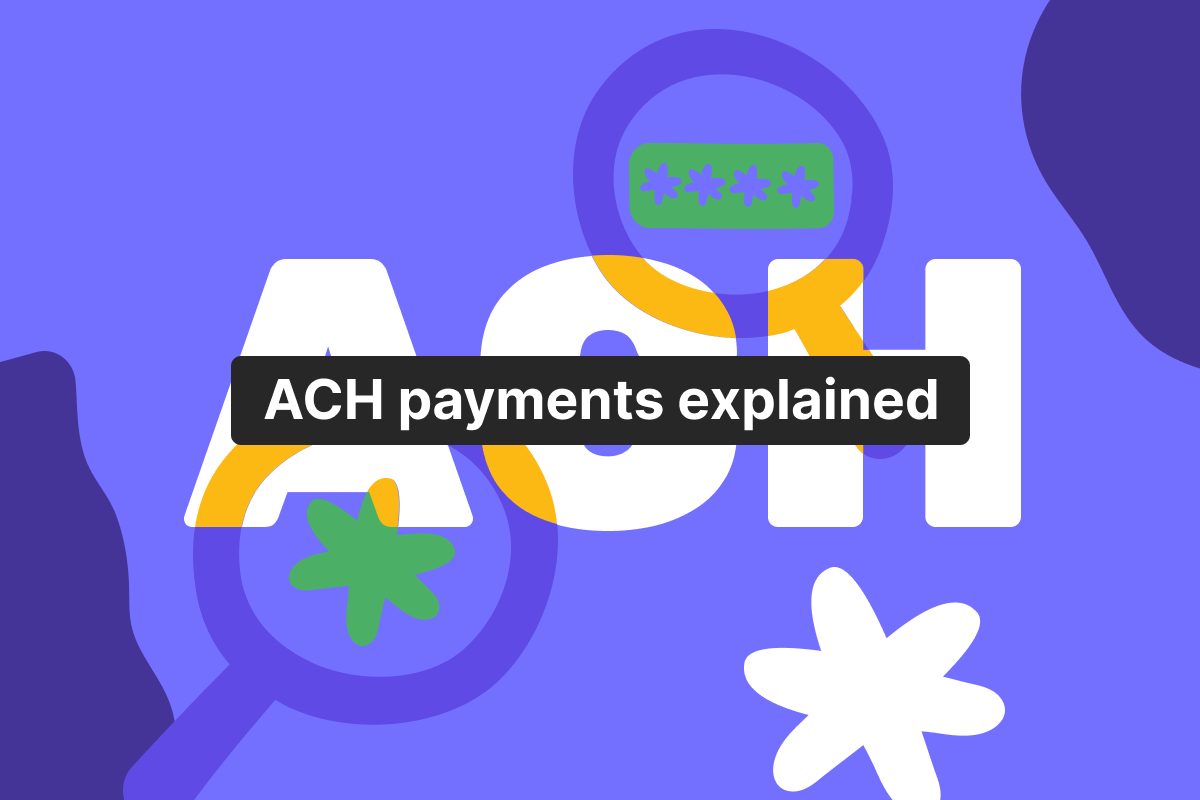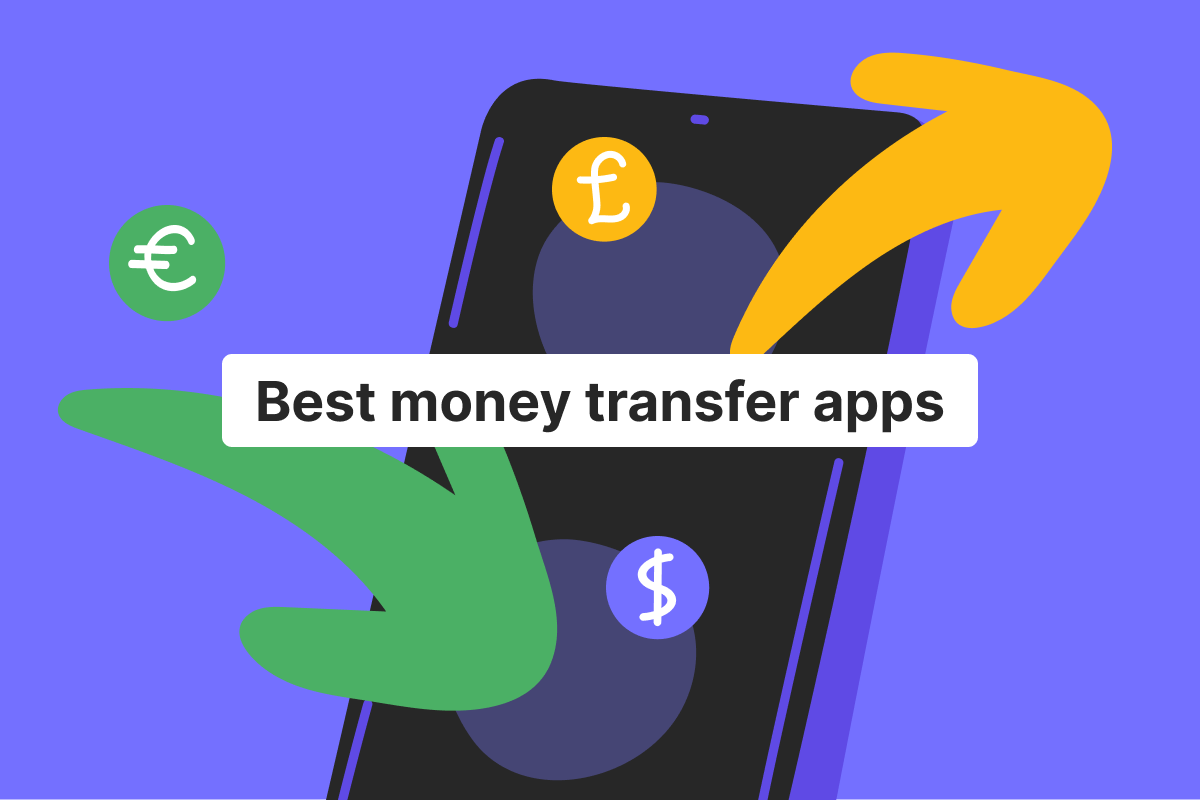Genome Blog / articles / How to make a SEPA payment?
Jul. 20, 2021
The SEPA network has been in place for more than 10 years now. And, what’s more, it has been working perfectly well. Due to globalization and the Internet, the world does not seem so huge now. The same goes for transactions: everybody needs to know what the best payment options are there.
That’s why today we’re talking about SEPA transfers in our blog post. We will cover everything connected to this topic step by step: types of SEPA payments, charges, timeframes, and how to use Genome to send them. No worries, you won’t get lost. We’ve prepared detailed but concise material for your convenience.
What is a SEPA payment
A SEPA payment is a euro transaction from one eurozone country to another. SEPA stands for Single Euro Payments Area and, as you’ve probably already heard, was established to make transfers within the EU faster and smoother. The main idea behind introducing the SEPA initiative was supporting seamless transactions between different European countries. The EU unified dozens of territories, so no wonder that money transfers that are processed for a few business days would complicate the economy of the organization. That is why it was decided to create an alternative – SEPA transactions that are as quick as domestic transfers within the boundaries of one country.
SEPA transfers can only be done within the eurozone. To be more precise, they work within the borders of one country, as well as between two countries in the eurozone. It’s worth mentioning here that the number of countries that participate in the SEPA system is changing. The full list of all territories you can find in our blog post.
Types of SEPA payments
SEPA implementation took quite some time. Since the early 2000s, the euro has been recognized as an official currency for more and more EU members. That’s when the concept of one network for electronic payments within the whole union appeared. However, only in 2008, it was possible to make euro transfers as the first payment scheme was set up.
Let’s look closely at what types of SEPA payments are there right now and find out why we even need all of them:
SEPA Credit Transfer (SCT)
Available since 2008, this is a regular transfer that works like a domestic one within the SEPA area. Such transactions are mostly used for one-off payments. For instance, if you’re making a SEPA transfer from Italy to the Netherlands, it will be processed as fast as a local domestic payment.
SEPA Instant Credit Transfer (SCT Inst)
This scheme has been available only since November 2017. The best thing about it is that such transactions are almost instant. To be more precise, these funds settle down in the recipient’s account within 10 seconds – that’s where the name of this scheme comes from. What’s more, SCT Inst works 24/7 all year long. It means that you can make this transfer anytime whether it’s the middle of the night or early Sunday morning.
To instruct and accept SCT Inst, financial providers of both sender and receiver have to be registered as SEPA Instant members. So, it’s best to double-check this information with your bank before making a transfer. Not all countries included in the SEPA area are a part of the SEPA Instant scheme. If the bank of one of the sides is not a SEPA Instant member, the transaction can be delayed or even canceled.
SEPA Direct Debit Transfer (SDD)
This SEPA scheme was introduced as soon as 2009 because direct debit payments were in high demand. Direct debit transfers are very convenient to pay for regular services. Nowadays, they are used for paying electricity bills, rent, etc. After signing the mandate (agreement) with your debtor, the necessary amount will be withdrawn from your bank account. Direct debit payments are one of the safest ones because of the high level of payers’ protection. Financial providers from the recipient’s and payer’s sides also make an agreement. Thus, you will receive your money back in case you were charged by mistake or for the wrong amount.
SDD works just the same as any other direct debit transaction. However, you can only order such payments in euro currency and within the SEPA area.
In its turn, the SDD scheme supports two subtypes of transfers. They are:
The SEPA Core Direct Debit Transfer
Each bank that offers SEPA payments is obliged to offer SEPA Core transfers. They are only available to individuals.
The SEPA B2B Direct Debit Transfer
Such transfers are only possible between companies and businesses. The banks don’t need to provide SEPA B2B services.
SEPA payment time
If you’re wondering how long a SEPA payment takes, all schemes have distinct timeframes. SCT usually arrives within one business day. For example, if you make a transfer on Monday, it should settle in the receiver’s account on Tuesday. These transactions can only be made on business days. Weekends and holidays do not count here.
SCT Inst has the shortest timeframe – 10 seconds. Moreover, you can instruct such transfers 24/7 every day, including holidays and weekends.
Finally, the SEPA Core scheme takes at least 2 working days, while the B2B scheme – at least 3 business days accordingly.
SEPA payment charges
SEPA transfers are free, just like most local domestic transfers. This also includes the SEPA Inst scheme. Even if some banks charge additional fees for euro transactions, they should not be large.
Requisites necessary for SEPA payments
For this, you will need IBAN and BIC. Nowadays, not so many banks require a SWIFT/BIC code for making SEPA transfers, but it’s better to be prepared and make sure that your payment ends up in the necessary account.
International Bank Account Number (IBAN) is a quite long code that starts with two letters identifying the country. All the other numbers are used to decipher the account number of a person/business. There are different services to check if your IBAN supports SEPA transactions. One of them is the IBAN checker. If you fill in your IBAN code, you will receive all the information on it, including whether your country takes part in the SePA system. If you want to learn more about how IBANs work, click the link for our article.
BIC/SWIFT code means Bank Identifier Code and is mostly used for the Society for Worldwide Interbank Financial Telecommunication (SWIFT) system. Some financial providers use BIC numbers to identify the bank of the receiver.
How to make a SEPA payment
As we’ve just mentioned before, you’d need the receiver’s IBAN and BIC, as well as a full name. The same goes for sending SEPA transfers to companies/businesses. Most financial providers allow their clients to make transactions via mobile or Internet banking. You have to log into your account – go to Transfers – choose SEPA transfer. Then, you’d need to fill in the receiver’s details, the sum of the transaction, and confirm that you want to make a payment. You can also download or request transfer confirmation documents.
Some financial providers still have two different pages on their websites to make domestic SEPA transfers (within one country) and cross-border SEPA transfers (between different countries). However, the process looks the same for both cases: you just fill in the necessary details.
Similarly, you can instruct a SEPA transaction in person by visiting a bank’s branch. It’s also possible to do this via phone.
If you have a Genome account, you can send SEPA payments by logging into your wallet in mobile or web applications. We also support instantaneous and free transfers between all Genome users. Visit our website to learn more.
Pros and cons of SEPA payments
After a detailed discussion of SEPA transfers, let’s review their strong and weak sides:
SEPA transactions are very fast and work in 36 countries. This makes all financial operations within the eurozone much more simple and prompt. Europe is not as big as the US, for instance, and using one electronic system for payments is very convenient both for businesses and individuals. Due to SEPA, cross-border transactions do not take long. Regular SEPA transfers only take up to 1 day.
There are different types of SEPA payments so that you can choose the one that will satisfy your needs. For example, you can use SCT for regular transactions, while SCT Inst is perfect for urgent transfers. Finally, the SEPA network even supports direct debit payments in euros, which are suitable both for individuals and companies.
SEPA transfers are easy to make: you can do this in a few clicks from a mobile or web application. SCT Instant is available 24/7 all year round, so you can instruct a transfer even during the night.
SEPA transactions are free in most cases, as they work as local domestic payments. Only a few banks have additional small fees for sending money via the SEPA system.
First of all, the SEPA network supports only euro currency. Without a doubt, it’s no big deal if you’re doing financial operations only in Europe. Secondly, SEPA transfers can only be made within the SEPA area. Without a doubt, it’s no big deal if you only make your financial transactions in Europe in euro currency. However, if you need to use any other currency or send money outside of the SEPA system, you’d probably need to go for SWIFT transfers.
FAQ:
Is SEPA payment free?
SEPA transfers (all types) should be free, but some financial providers can still charge you a small amount for making such payment. You should double-check this information before actually instructing SEPA transactions.
SEPA payments can only be costly when you’re making cross-currency transfers that involve currency exchange. For instance, if you’re sending a SEPA transaction from the UK (yes, it’s a part of the SEPA network even after Brexit). Currency exchange rates used by some banks are not the most beneficial ones when it comes to saving your money. If you’re making a transfer in pounds that will be converted to euros, you may lose some money, especially if the transaction amount is quite large. That’s why it’s best to avoid cross-currency payments.
Do SEPA payments work on weekends?
This depends on the scheme you’re using. You can order both SCT and SCT Inst during the weekend, let’s say, from your mobile banking application. Nevertheless, the SCT transfer will be processed only on the nearest business day. SCT Inst will be processed the same day because this scheme is available every day during the year. SEPA direct debit payments also work only during working days.
Are SEPA payments same-day?
Generally, the timeframes for a regular SCT is 1 working day. However, because of the cut-off times, it can be that your transaction will be received the same day. For example, if you order a transfer early in the morning, there are chances that the receiver will have money on the same day.
When it comes to the SCT Inst scheme, such payments only take up to 10 seconds, even during weekends and holidays.
SEPA DD has larger timeframes: core scheme takes up to 2 business days, and B2B scheme – 3 days.
Which countries are part of the SEPA zone?
As of now, the SEPA system consists of 36 territories. It includes both the countries-members of the EU and the ones that do not participate in the European Union. All 27 EU countries belong to the SEPA network: Germany, France, Spain, Italy, Portugal, Lithuania, Sweden, Czech Republic, Denmark, Netherlands, Finland, Estonia, Latvia, Poland, Belgium, Hungary, Slovenia, Austria, Croatia, Luxembourg, Bulgaria, Slovakia, Romania, Greece, Republic of Cyprus, Malta, and Ireland.
The other 9 countries are the UK, Monaco, Liechtenstein, Norway, Switzerland, Andorra, Vatican City State, Iceland, and San Marino.
It’s possible that in the future, some other countries will also join the SEPA.





